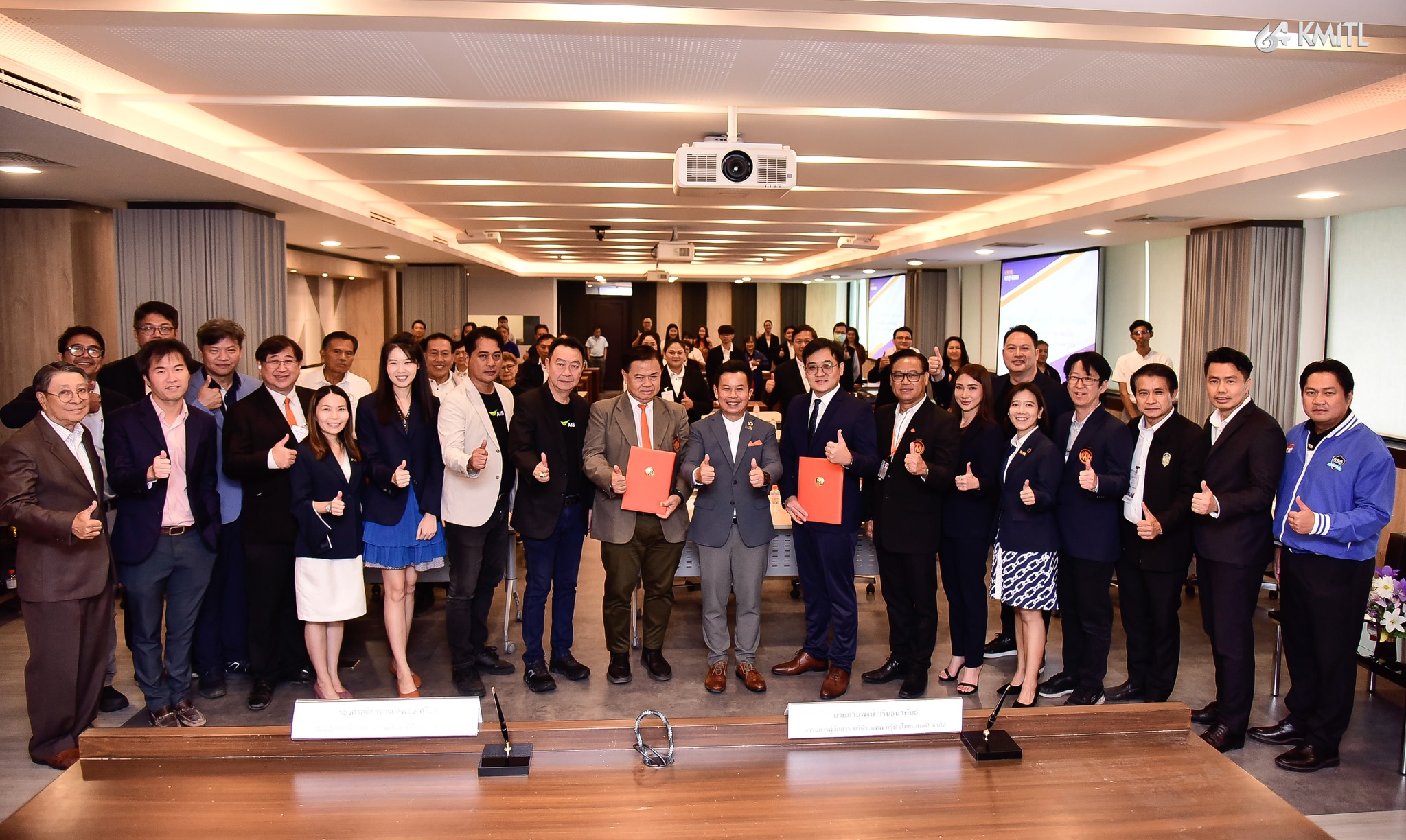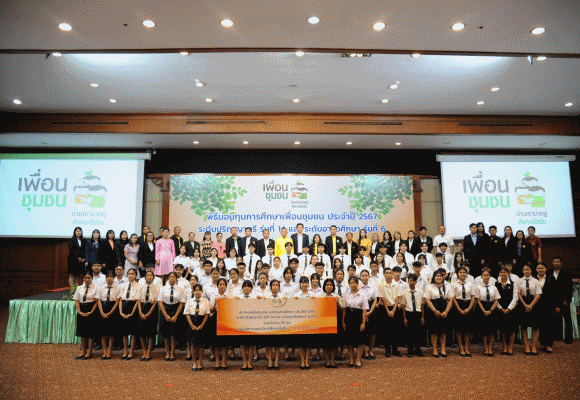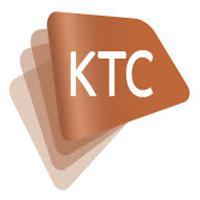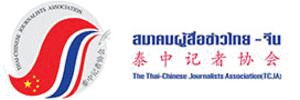- Details
- Category: บทความทั่วไป
- Published: Friday, 30 June 2017 12:14
- Hits: 4644
 EIC เสนอ 3 กลยุทธ์พิชิตใจผู้บริโภคยุค 4.0
EIC เสนอ 3 กลยุทธ์พิชิตใจผู้บริโภคยุค 4.0
อีไอซี มองเทรนด์การบริโภคในปัจจุบันเปลี่ยนแปลงไปจากอดีตมากด้วยเทคโนโลยีที่เปลี่ยนแปลงไปและความต้องการของผู้บริโภคที่ซับซ้อนและเฉพาะเจาะจงมากขึ้นเรื่อยๆ โดยปัจจุบันผู้บริโภคใช้จ่ายเพื่อตอบความต้องการด้านไลฟ์สไตล์มากขึ้น เน้นภาคบริการเพิ่มขึ้น อีกทั้งกว่า 80% ของผู้บริโภคไทยยอมจ่ายเงินมากขึ้นเพื่อสินค้าและบริการที่เฉพาะเจาะจงสำหรับตัวเองและเพื่อคุณภาพที่สูงขึ้น ขณะที่เทคโนโลยีเข้ามามีบทบาทสำคัญในการเข้าถึงและเข้าใจผู้บริโภค ซึ่งเทรนด์ดังกล่าวส่งผลให้ธุรกิจต้องปรับกลยุทธ์ตาม โดยอีไอซีมองว่าธุรกิจควรมุ่งเน้นสร้างความร่วมมือกันในห่วงโซ่อุปทาน และใช้ประโยชน์จากฐานข้อมูลต่างๆ ในการวิเคราะห์ความต้องการของลูกค้า เพื่อสามารถให้บริการและสร้างความผูกพันกับลูกค้า นอกจากนี้ ยังควรสร้างช่องทางเข้าถึงผู้บริโภคที่หลากหลายและเชื่อมโยงข้อมูลเพื่อให้บริการลูกค้าอย่างเฉพาะเจาะจงได้ ณ ทุกจุดที่ลูกค้าเข้ามาติดต่อ
พฤติกรรมผู้บริโภคไทยยุค 4.0 เน้นเสพสื่อบันเทิงและยินดีจ่ายเงินกับการท่องเที่ยวมาเป็นอันดับหนึ่งเมื่อรายได้สูงขึ้น ทั้งนี้ จากผลสำรวจของอีไอซีพบว่า 75% ของผู้บริโภคใช้เวลาว่างกับการเล่นอินเทอร์เน็ตและโซเชียลมีเดีย นอกจากนี้ หากรายได้เพิ่มขึ้น ผู้บริโภคถึงราว 70% มีแนวโน้มใช้จ่ายเพื่อการท่องเที่ยวมากเป็นอันดับ 1 อีกทั้งกลุ่มคนรุ่นใหม่และผู้ที่มีรายได้สูงยังใช้จ่ายนอกบ้านสูงขึ้นมากเมื่อเทียบกับ 5 ปีที่ผ่านมา ขณะที่กลุ่มผู้สูงอายุจะเน้นความเป็นอยู่ที่ดี ให้ความสำคัญกับการปรับปรุงที่อยู่อาศัย
ผู้บริโภคไทยช่างเลือก หาข้อมูลมากขึ้น ต้องการสินค้าและบริการที่เฉพาะเจาะจงกับตัวเอง และกล้าซื้อสินค้ารวมถึงใช้บริการต่างๆ ในช่องทางออนไลน์มากขึ้น จากผลสำรวจพบว่า กว่า 80% ของผู้บริโภคยินดีจ่ายเงินเพิ่มเพื่อให้ได้สินค้าและบริการที่ปรับแต่งตามความต้องการเฉพาะบุคคลได้ (personalization) หรือได้สินค้าและบริการที่มีคุณภาพสูงขึ้น และการหาข้อมูลในสื่อสังคมออนไลน์ยังคงเป็นช่องทางสำคัญโดยเฉพาะเกี่ยวกับการท่องเที่ยวและร้านอาหาร ในขณะที่ตลาด e-commerce แม้ว่าจะยังเป็นสัดส่วนน้อยในมูลค่าค้าปลีกรวม แต่ก็มีแนวโน้มเติบโตสูงต่อเนื่องเฉลี่ย 13% ต่อปี ทั้งนี้ กว่า 90% ในกลุ่มผู้บริโภคที่อายุต่ำกว่า 40 ปีล้วนเคยซื้อของทางออนไลน์ เพียงแต่ยังไม่ใช่ช่องทางหลักโดยใช้บริการเพียง 1-2 ครั้งต่อเดือน อย่างไรก็ตาม อีไอซีมองว่าจะมีแนวโน้มขยายตัวมากขึ้นเรื่อยๆ ดังนั้น ธุรกิจจึงยังต้องพัฒนาช่องทางเข้าถึงลูกค้าหลายช่องทางไปพร้อมๆ กัน
ทั้งนี้ 3 กลยุทธ์สำคัญที่ภาคธุรกิจไม่ควรมองข้ามในการพิชิตใจผู้บริโภคในยุค 4.0 คือ
1. พฤติกรรมผู้บริโภคที่มีความต้องการสินค้าและบริการที่เฉพาะเจาะจงตอบโจทย์เฉพาะของตัวเองมากขึ้นส่งผลให้ธุรกิจต้องปรับกลยุทธ์โดยร่วมมือเป็นพันธมิตรกันภายใน value chain มากขึ้นและอาศัยเทคโนโลยีและ big data มาช่วยวางแผนธุรกิจ ธุรกิจควรมีการเชื่อมโยงข้อมูลตั้งแต่ปลายน้ำอย่างธุรกิจค้าปลีกที่เข้าถึงข้อมูลความต้องการของลูกค้าใกล้ชิดที่สุดมาสู่ต้นน้ำอย่างผู้ผลิต เพื่อให้สามารถออกแบบสินค้าที่ตอบโจทย์ความต้องการเฉพาะเจาะจงในแต่ละกลุ่ม ตลอดจนใช้ big data ในการบริหารจัดการสต็อกสินค้า กำหนดราคา ไปจนถึงกลยุทธ์การตลาดโดยประยุกต์ใช้เทคโนโลยีเข้ามาช่วย
2. การสร้าง brand loyalty ไม่เพียงพอสำหรับการทำธุรกิจในยุคนี้แล้ว แต่ธุรกิจที่จะอยู่รอดอย่างยั่งยืนต้องเน้นสร้างความผูกพันกับลูกค้า ซึ่งตอกย้ำให้เห็นว่าการรักษาฐานลูกค้าเดิมมีความสำคัญเช่นเดียวกับการหาลูกค้าใหม่ โดยอาวุธสำคัญในยุคที่เทคโนโลยีก้าวหน้าอย่างมากในปัจจุบันคือการวิเคราะห์ข้อมูลต่างๆ ของลูกค้าเพื่อใช้ในการพัฒนาสินค้าและบริการให้ตอบโจทย์ความต้องการและสร้างประสบการณ์ที่ดีให้กับลูกค้า โดยเฉพาะบริการหลังการขายที่จากการสำรวจพบว่าผู้บริโภคไทยให้ความสำคัญค่อนข้างมาก โดยกว่า 80% ยอมจ่ายเงินเพิ่มขึ้นหากสินค้าที่บริโภคมีบริการหลังการขายที่ดีขึ้น
3. การพัฒนาช่องทางในการเข้าถึงลูกค้าไม่เพียงแค่มีหลายช่องทางแต่ทุกช่องทางต้องเชื่อมโยงกันทั้งหมดเสมือนเป็นช่องทางเดียวกัน (omni-channel) ผู้บริโภคในปัจจุบันหาข้อมูลจากหลายช่องทางโดยเฉพาะช่องทางออนไลน์เพื่อเปรียบเทียบสินค้าและบริการ ทำให้ช่องทางออนไลน์กลายเป็นช่องทางหลักที่ธุรกิจต้องมีเพื่อตอบสนองลูกค้าได้อย่างทันที แต่ไม่ถึงขั้นมาแทนที่ช่องทางหน้าร้านได้ทั้งหมด เพราะแม้แต่ธุรกิจที่เกิดจากออนไลน์ก็ยังต้องหันมาพัฒนาช่องทางหน้าร้านเพื่อตอบสนองลูกค้าด้วยเช่นกัน โดยแต่ละช่องทางไม่ได้มาแข่งขันกันเองแต่จะต้องช่วยเสริมกันทั้งการนำเสนอโปรโมชั่นที่สอดคล้องกันทุกช่องทางการเชื่อมโยงข้อมูลเพื่อสามารถให้บริการลูกค้าได้ ณ ทุกจุดที่ติดต่อ
strategies to win the hearts and minds of consumers in the 4.0 era
EIC sees current trends in the consumer market have vastly transformed, owing to new technologies and increasingly sophisticated and personalized consumer needs. Consumers are spending more to meet their lifestyle choices, particularly on services. Over 80 percent of Thai consumers are reportedly willing to pay more for goods and services that are personalized and of higher quality. Technology also plays an increasingly important role in helping firms connect with, and better understand, their consumers. These trends have prompted businesses to adapt their strategies. Businesses should focus on collaboration within their supply chains and making better use of big data in the analysis of consumer preferences, with a view to providing high quality services and building customer engagement. Moreover, businesses should foster omni channel to connect with consumers. The data from various channels should be linked, in order to enable personalized services to consumers at all points of contact via all channels.
In this 4.0 era, Thai consumers are spending most of their time on entertainment media and willing to spend more on tourism when their income increases. An EIC survey found that 75 percent of consumers spend their free time browsing the internet and social media. Moreover, with an increase in income, as much as around 70 percent of consumers are likely to spend most on tourism. A five-year comparison shows that new generations and high-income people are spending significantly more outside their home than they did five years ago. Meanwhile, elder persons tend to seek a better living standard and spend more on home improvements.
When choosing products, Thai consumers are becoming more particular and placing strong emphasis on researching the products before making purchase decisions. They seek goods and services that are personalized and are becoming more willing to buy products and services online. A survey found that over 80 percent of consumers are willing to pay a premium for personalized goods and services, or for high-quality products. Social media remains a key source of information for consumers, especially for tourism and restaurant businesses. Although e-commerce is still a small fraction of the total retail trade, it continues to register high growth rate averaging 13 percent per year. Over 90 percent of consumers below the age of 40 have made online purchases but with the frequency of around once or twice a month. E-commerce is thus not their primary purchasing channel. Nonetheless, EIC expects e-commerce to continue to grow. Therefore, businesses need to simultaneously develop a diverse set of channels to connect with consumers.
3 strategies to win the hearts and minds of consumers in the 4.0 era
1. As consumers seek more personalized products and services, businesses need to adapt their strategies by building partnership within their value chains and making use of technology and big data in their business planning. Businesses should link all data from downstream businesses, such as retailers who have the most direct access to information on consumer preferences, to producers upstream. This will lead to better design of products that are more customized to the needs of specific consumer groups. Big data should also be applied in inventory management, pricing and marketing strategies with the application of appropriate technology.
2. Building brand loyalty no longer suffices in today’s business scene. Businesses that will last must build strong customers engagement. Retaining existing customers are as important as finding new ones. In this age of technology, analysis of customers’ data is a key tool for the development of products and services that better respond to the customers’ needs and deliver positive experiences. After sales services should be emphasized, as a survey found that Thai consumers highly value after sales service, with over 80 percent of them willing to pay a premium for it.
3. Businesses should reach their customers not only via multi channels but all channels should be also interconnected (omni-channel). Consumers seek information from different sources, especially online, to compare products and services. The online platform therefore has become the main channel through which businesses should provide timely response to their customers. However, the online channel has yet to completely replace retail stores. Even businesses that started online still have to resort to physical stores to meet the needs of customers. Different sales channels must complement, rather than compete with, one another. Businesses should offer the same promotions consistently across different channels to ensure good service to customers.




































































